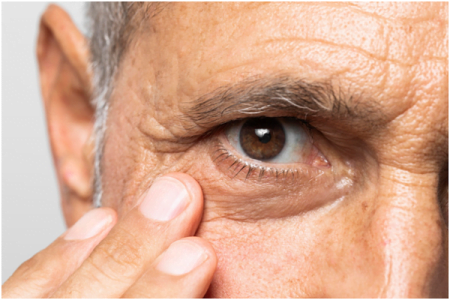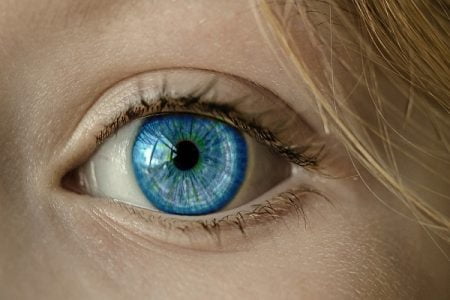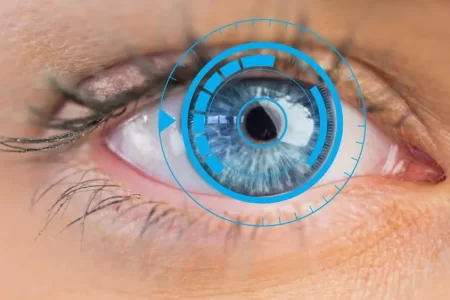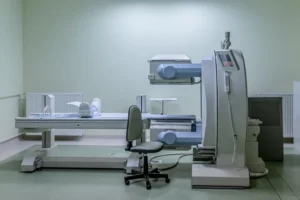Cross-Linking Eye Surgery for Keratoconus
- Updated on: Feb 10, 2020
- 4 min Read
- Published on Feb 10, 2020
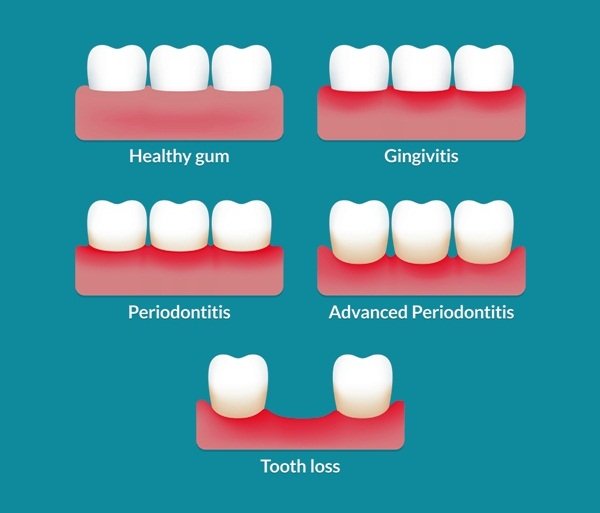
Our eyes can see through the cornea (outer lens or windshield of the eye). Normally the cornea has a round ball-like shape. However, in some conditions, the round dome shape of cornea gets changed which results in the bulging of cornea outward and downward like a cone. Such a condition is called keratoconus.
Keratoconus occurs when collagen fibers of the eye become weak and are unable to hold up the normal round shape of the cornea. As a result, the cornea becomes cone-shaped and bulges outwards.
What is Cross-Linking Eye Surgery? How is it Performed?
Corneal cross-linking (CXL) procedure is used for treating patients suffering from an eye disease called keratoconus. Keratoconus makes the tissues in the eyes weak due to which the cornea loses its original round shape.
Cross-linking eye surgery is a relatively non-invasive medical procedure that is used for strengthening and stabilizing the corneal tissues. As a result, the cornea becomes stable and is prevented from bulging more.
Corneal cross-linking surgery prevents the progressive keratoconus from getting worse and also substitutes the need for corneal transplant surgery.
Procedure of Corneal Cross-Linking Surgery
Corneal cross-linking surgery is a two-step process that involves the use of eye drops (riboflavin) followed by controlled exposure to ultraviolet (UV) light. The goal of this procedure is to regain the strength of corneal tissues of the eyes.
The ultraviolet light used in this procedure activates a process in which riboflavin creates some additional bonds between the connective tissues of the cornea that are made of collagen. This bond formation is called cross-linking and helps in making the cornea stronger and rigid so that it will maintain its shape.
The entire procedure of cross-linking involves the following steps:
Use of Anesthesia
The doctor uses some drops to numb the patient’s eyes. Some medications are also given so that the patients can relax.
Removal of Epithelium
In this step, the doctor removes epithelium layer of the patient’s eyes.
Use of Riboflavin
In this step, the doctor pours some drops of riboflavin eye drops which allow the cornea to better absorb light. The eye drops take almost half an hour to soak into the cornea.
Use of Ultraviolet Light
After giving the eye drops, patients are asked to lie back in a chair and then look up at a light. The UV light activates the riboflavin to form bonds between the collagen fibers which in turn makes the cornea stronger. While looking up at the light, the patient should not feel any pain because he/she is under the effect of anesthesia.
Use of Bandage
A contact lens is used which protects the eyes till they heal.
The entire cross-linking procedure completes in almost 60 to 90 minutes
Types of Corneal Cross-Linking
There are two types of cross-linking procedures depending upon whether the epithelium is removed or not during the application of riboflavin solution:
- Epithelium-off (epi-off) cross-linking
- Epithelium-on (epi-on) cross-linking
Epithelium-off (epi-off) Cross-Linking
In this type of cross-linking, the outer epithelium layer of the cornea is removed before using the riboflavin solution so that the eye solution will easily penetrate the deep corneal tissues.
This type of cross-linking is more effective but it increases the risk for infections and can also lead to clouding of the cornea.
Epithelium-on (epi-on) Cross-Linking
In this type, the outer layer of the cornea is left intact during the application of riboflavin solution which makes it a comparatively less invasive procedure than the epithelium-off (epi-off) cross-linking.
The doctor slightly loosens the epithelium layer before using the eye solution and hence keeps the epithelium intact. This method has fewer side effects and is also called transepithelial cross-linking.
Corneal cross-linking in advanced cases of keratoconus can be combined with other procedures for better results. For example, implantation of some tiny corneal inserts called “Intacts” can also be performed along with cross-linking for stabilizing the cornea.
Who are the Best Candidates for Corneal Cross-Linking?
Corneal cross-linking is most effective in patients who have less irregularity in their corneal shapes and also those who do not have any significant vision loss due to keratoconus. Patients who go for corneal cross-linking in their early stages of keratoconus receive more benefits from the procedure because cross-linking at early stages results in better visual acuity and an improved ability to wear contact lenses.
Patients with progressive ectatic disease of the cornea are also considered as the best candidates for corneal cross-linking. Besides, patients with diseases like Pellucid Marginal Degeneration, Terrien Marginal Degeneration, and post-refractive surgery (like LASIK or Radial Keratotomy) ectasia can also be the candidates for the cross-linking procedure.
Who are not Considered Suitable for Corneal Cross-Linking?
Patients with the following conditions are not ideal for corneal cross-linking procedure:
- Having corneal thickness less than 400 microns
- With concurrent infections
- With severe corneal scarring
- Having any history of poor epithelial wound healing
- With Autoimmune disorders
- With severe ocular surface disease (dry eye disease)
What Should you Expect from Corneal Cross-Linking?
After the cross-linking procedure (both epi-on and epi-off), your cornea should remain stable and also improve in its shape.
The procedure should also decrease the chances of severe vision loss in people with progressive keratoconus.
Risk Factors of Cross-Linking
Cross-linking is generally a safe procedure and saves people from undergoing corneal transplant surgeries. Occasionally, people develop problems due to cross-linking and following are some risk factors associated with cross-linking:
- Corneal infection
- Delayed healing of the corneal surface
- Dry eyes
- Failure of CXL which may lead to further CXL procedures
- Irregularity in the corneal surface
- Need for corneal transplant
- Temporary or permanent loss of vision (temporary vision loss can be reversed with corneal transplant)
Precautions After the Procedure
After a CXL procedure, patients should be careful about the safety of their eyes and should take the following precautions:
- Put the eye drops regularly as prescribed
- Keep your eyes clean and avoid any exposure to dust as it may lead to eye infections
- Get your eyes checked if you feel any problem
- Avoid getting water into your eyes during a shower
- Avoid swimming till the surface of your eyes heal
- Avoid wearing contact lenses till your eye surface skin layer gets healed





